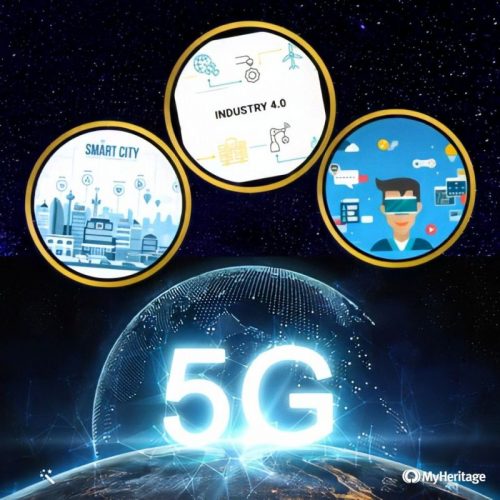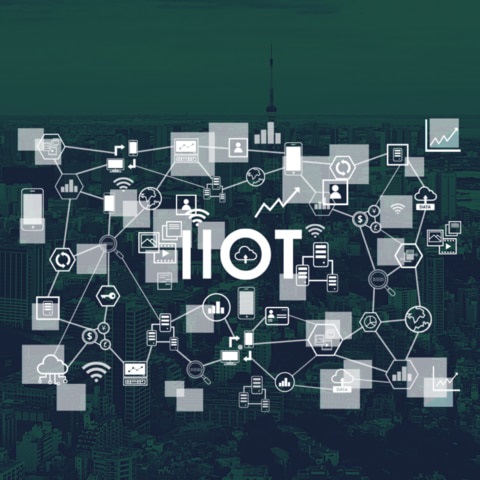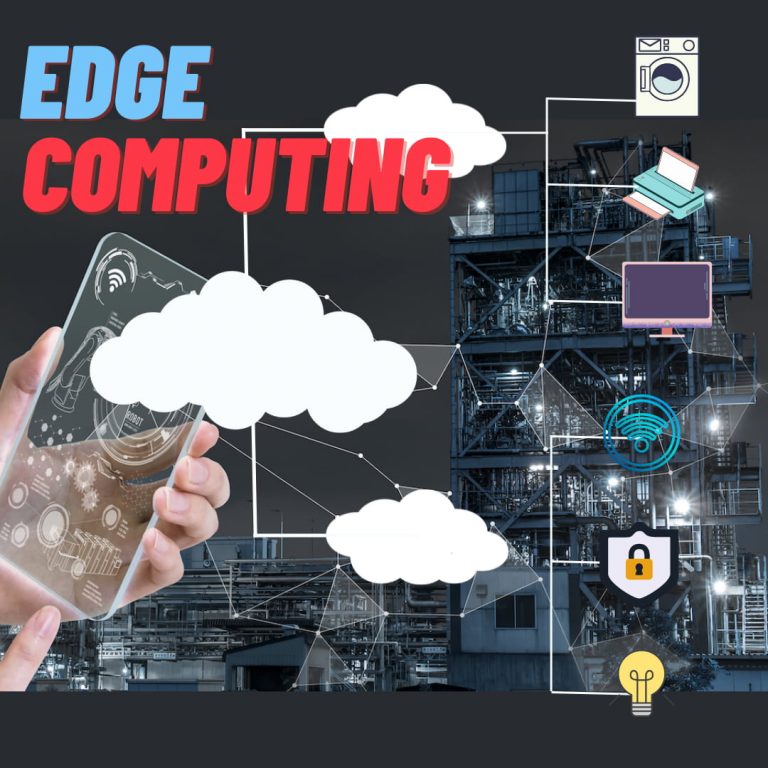Tech Trends That Improving Automation
Industry 4.0 came from a giant leap in technology. How it sums up as the more intelligent manufacturing?
Solutions > Smart Manufacturing > Automation Tech Trend

5G, Fifth-generation Technology
5G is a popular term now, but the origin was from telecommunications. It’s the fifth-generation technology standard for broadband cellular networks and began deploying in 2019, the successor of the 4G network. It is a new global wireless standard after 1G, 2G 3G, and 4G networks.
Like its predecessors, 5G networks are “cellular networks”. It divides service areas into small geographical areas called cells. Each cell is connected by the local antenna in the cell. So the internet and telephone network are run through radio waves. A newer generation means higher performance and is determined by speed, latency, error rate, and range. 5G provides higher download speeds, up to 10 gigabits per second (Gbit/s), an extremely low error rate, and higher bandwidth. The latency is around 30ms (edge servers close to towers can reduce to 10-20 ms).
This new generation of networks is mainly used in three types of connected services, including:
Besides making the connection of smartphones better, other new technologies such as VR and AR can be practical when it comes to immersive experiences.
It brought remote control into a new era due to the ultra-low latency providing higher reliability.
Combining with the prior benefit of 5G, the development of embedded computing can expand its ability to edge. Such lean and low-cost connectivity raised the adoption of IoT solutions.

IIoT, Industrial Internet Of Things
Since 5G enables a new kind of network that is designed to connect virtually everyone and everything together including machines, objects, and devices, Internet of Things (IoT) became reality. IoT describes physical objects with sensors, processing ability, software, and other technologies that connect and exchange data with other devices and systems over the internet or other communications networks.
On the other hand, Industrial internet of things (IIoT) refers to interconnecting sensors, instruments, and other devices networked together with computers’ industrial applications.
Why do we need to emphasize “industrial”? Because the IIoT is an evolution of a distributed control system (DCS) that allows for a higher degree of automation by using cloud computing to refine and optimize the process controls. There are five important technologies related to the revolution: cyber-physical systems (CPS), cloud computing, edge computing, big data analytics, and AI & machine learning. These transformed the industrial applications to a more “smart” level. Whether it’s enabling AI to detect defects or big data analytics to provide real-time production data, etc. By combining machine-to-machine communication, IIoT is driving levels of efficiency, productivity, and performance. As a result, many industries are experiencing transformative operational and financial benefits now.
Here we also want to bring a basic knowledge of IIoT’s architecture and infrastructure. It’s usually conceived as a layered modular architecture of digital technology. The device layer refers to the hardware components such as CPS, machines, and sensors. The network layer consists of hardware buses and software, cloud computing, and communication protocols, which aggregate and transport the data into the next layer, the service layer. The service layer consists of applications for displaying the information.
Key Technklogies To Make Manufacturing Smarter
Industry 4.0, Fourth Industrial Revolution
The fourth Industrial Revolution (Industry 4.0, aka IIoT, Industry Internet of Things) is here to stay. The key elements include digital technics for data visualization, robotics performing, elimination of hazards, and communication across the supply chain & multiple locations.
Prior to the fourth revolution, the Third Industrial Revolution, also known as the Digital Revolution, occurred in the late 20th century, after the end of the two world wars, resulting from a slowdown of industrialization and technological advancement compared to previous periods. The Fourth, Industry 4.0 is the trend toward automation and data exchange in manufacturing technologies and processes which include cyber-physical systems (CPS), IoT, industrial internet of things, cloud computing, cognitive computing, and artificial intelligence. Some people also said it led to an imagination age.

Netio Technologies
Your Best Design Partner !





